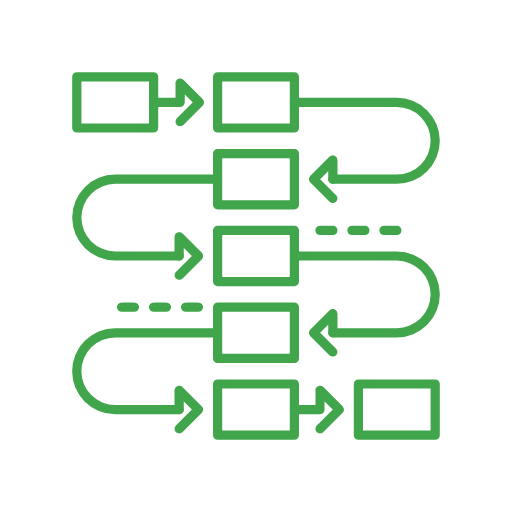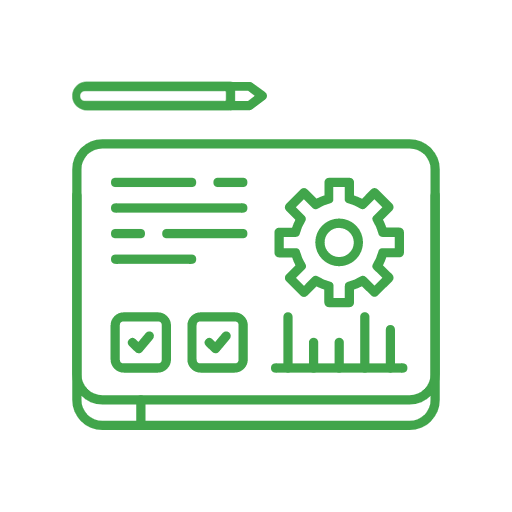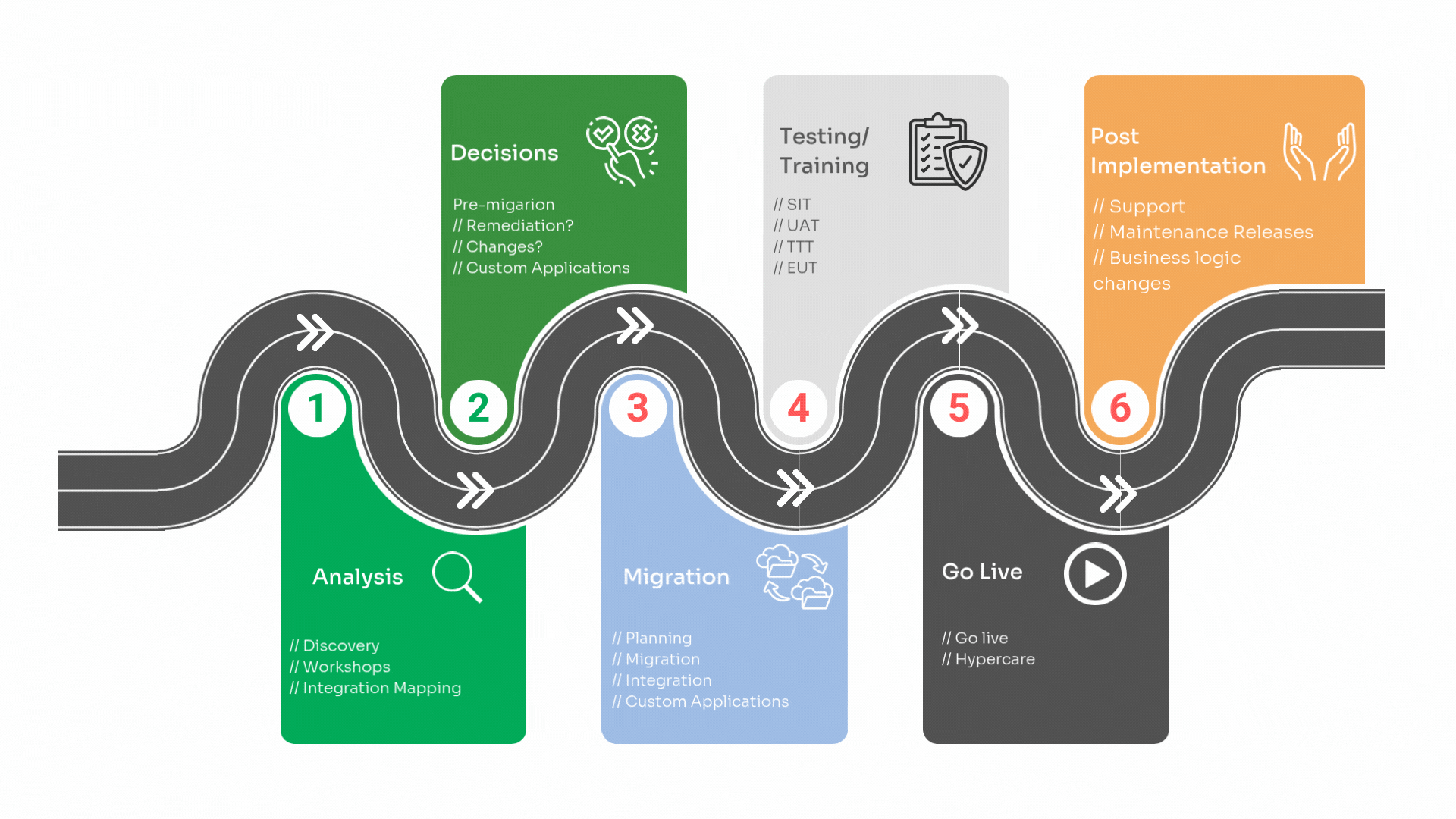Between now and 2030, most Life Sciences companies using Veeva CRM will need to make a strategic choice: transition to Vault CRM or migrate to Salesforce Life Sciences Cloud.
This shift is not optional. It’s driven by:
- the phase-out of Veeva’s legacy CRM (based on Salesforce),
- increasing regulatory and data privacy demands, and
- the need for a fully integrated, cloud-based approach to HCP engagement, field operations, and compliance.
If your current CRM is being deprecated or no longer aligns with modern commercial models, this is a pivotal moment.
Vault CRM or Salesforce Life Sciences Cloud?
This decision goes far beyond technology.
It will shape how your organization manages customer data, empowers field teams, integrates compliance, and drives growth across markets for the next decade.

At this stage, the priority is not just selecting a new CRM platform — such as Vault CRM or Salesforce Life Sciences Cloud — but understanding the broader business implications of this change. What internal systems depend on your current setup? Which processes are at risk of disruption? How prepared is your organization to undergo a validated migration?
Before outlining your roadmap, it’s critical to translate strategic awareness into a structured plan.
The next section provides a step-by-step guide to building a compliant, future-ready migration strategy — from readiness audits to successful deployment.
-
This initial phase involves evaluating potential new CRM systems (e.g., platforms suitable for life sciences), assessing your organizational needs and long-term strategy, and ultimately selecting the optimal future CRM platform. This also includes defining high-level migration objectives and scope.
Outcome: A definitive decision on the target CRM system, a clear understanding of its capabilities, and a foundational strategic plan outlining project goals and high-level timelines.

-
This step involves a thorough review of your existing Veeva CRM’s configuration, including customizations and integrations, to understand its current state and how it supports existing business processes.
Outcome: A comprehensive, documented inventory of your Veeva CRM’s current setup, identifying all existing functionalities and data structures.

-
This phase involves engagement with business stakeholders to validate if the current Veeva CRM configuration and associated processes still align with their needs, identifying any gaps or opportunities for improvement, and documenting detailed requirements for the new CRM.
Outcome: A validated set of business requirements for the new CRM, clearly outlining what needs to be changed, optimized, or retained from the current Veeva CRM processes, all formally documented and approved by key stakeholders.

-
Building on the previous steps, this involves a deep dive into your Veeva CRM data quality, identifying duplicates or inconsistencies, performing any necessary cleansing.
Outcome: High-quality, clean, and accurately mapped data extracted from Veeva CRM, ready for import into the new system, minimizing data-related issues post-migration.

-
This step involves the migration of the data and configuration from Veeva CRM, hands-on setup of the chosen target CRM based on the defined requirements, configuring its features, and building the necessary custom elements and integrations
Outcome: A configured new CRM environment reflecting the optimized business processes, containing your strategic data migrated.

-
Following configuration and initial data loads, this phase includes rigorous system testing, integration testing, performance testing, and User Acceptance Testing (UAT) to ensure all functionalities, integrations, and migrated data are accurate and perform as expected in the new CRM.
Outcome: A fully tested and validated new CRM system, confirming that it meets all defined business and technical requirements and is ready for full data migration and user adoption.

-
This ultimate phase encompasses the final, complete data migration to the new CRM, comprehensive training programs for all end-users to ensure proficiency, and robust change management activities to prepare the organization for the controlled cutover (go-live) to the new platform for daily business operations.
Outcome: A smooth and successful transition to the new CRM with all data in place, empowered and proficient users, and a well-managed organizational adoption, ensuring the new system is fully operational and drives immediate value.

- Has a definitive decision been made regarding CRM migration?
- What options are being considered?
- Have you been in contact with Veeva and/or Salesforce regarding the migration process?
- Has there been any CRM workshops at this point?
- Have you already gone through a technical assessment with Veeva?
- Do you work with any IS Partner on the migration prep?
- How many Veeva CRM orgs do you have?
- How many countries and users are there approximately?
- Do you have an Order Management process in place?
- How do you handle an Event Management process?
- How many Integrations are there currently and do you have them documented?

-
Mistake: Assuming you can simply transfer everything “as-is” from the old system to the new.
Solution: Use migration as an opportunity to optimize. Redesign your processes for the capabilities of your new CRM — don’t replicate legacy inefficiencies. -
Mistake: Not mapping integrations with tools like MDM, marketing automation, ERP, or analytics.
Solution: Conduct a thorough system landscape audit early in the process. Identify technical and business dependencies to avoid surprises post-go-live.
-
Mistake: Treating migration as solely an IT task.
Solution: Engage commercial, medical, compliance, and field teams from day one. Their input is essential for designing a solution that actually works in practice.
-
Mistake: Migrating unclean, outdated, or unvalidated data — risking integrity and compliance.
Solution: Implement a data cleansing and validation plan aligned with GxP and regulatory requirements. Include audit trails and documentation from the start. -
Mistake: Rolling out the new CRM to all markets or teams at once.
Solution: Start with a controlled pilot — test usability, processes, and system performance before scaling. Use feedback to refine the full rollout.
-
Mistake: Assuming users will “figure it out” after go-live.
Solution: Provide role-specific training, change communications, and post-launch hypercare. User adoption makes or breaks CRM success.
Veeva CRM migration is more than a technical upgrade — it’s a strategic transformation. The Craftware team has been successfully engaged in the Vault CRM migration project for one of the key early adopters. According to the Veeva methodology, the Craftware team has been focused on Integration Engineering, including:
- Technical Delivery Management,
- Rewriting Customizations,
- Integration Management,
- Testing,
- DevOps,
- Data Conflict Resolution.
It keeps giving us the insights and agility which is being leveraged to identify potential issues before they become roadblocks for new Customers.



